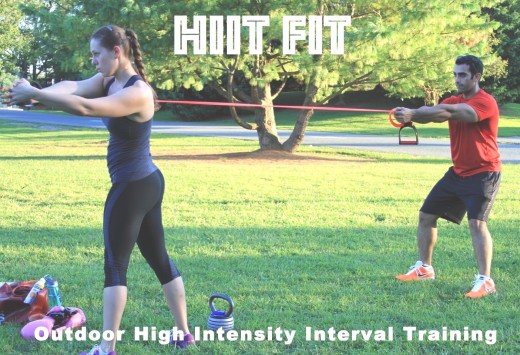Ten tips to stay active when it's too hot workout
1. Start Early-Set your alarm for 30 minutes earlier than usual & get in an early morning work out.
2. Make it wet-Exercise in a pool or find a fun water activity like paddle boarding.
3. Run by a beach, river or near another body of water.
4. Take it inside-Workout at home with the AC on full blast-for workout ideas, check out my previous IG video posts including “the warm up,” “push ups with rotation,” and my recent “arms” post.
5. Take it to the gym-save your hardest work out for indoors (think interval running on a treadmill).
6. Stay Hydrated by drinking plenty of water.
7. Eat right- Excessive electrolyte loss (like sodium and potassium loss) due to sweating can cause muscle cramps. Add foods to your daily diet like fresh fruits and nuts to replenish lost electrolytes.
8. Gear up-Wearing workout clothing made from cotton in the heat is the worst idea. Cotton soaks up sweat like a towel. The fabric of your clothing should facilitate evaporation. That’s how your body cools down. Invest in some lightweight, light-colored and loose-fitting clothing. Workout gear made from synthetic fiber is highly recommended for training in the heat.
9. Be aware of your limits- If you feel dizzy, fatigue, or muscle or abdominal cramps, don’t ignore these symptoms. They could be a sign of heat exhaustion. Cool down, rest, and drink a sports drink.
10. Above all, stay cool & get fit.
Image courtesy of nenetus at FreeDigitalPhotos.net
Why is High Intensity Interval Training so Popular?
To build and maintain healthier and stronger bodies we need to perform cardiovascular and resistance training. The American College of Sports Medicine (“ACSM”) recommends at least 30 to 60 minutes of moderate-intensity cardiovascular training/five days per week or 20 to 60 minutes of vigorous-intensity cardiovascular training/ three days per week. For resistance training, ACSM recommends training each major muscle group two to three days each week using a variety of exercises and equipment.
Everyone wants to be healthy and in great shape but spending this much time on exercise is a tall task for almost anyone these days. That’s where HIIT comes into play. HIIT saves us so much time by combining these two aspects of exercise (cardiovascular and resistance training) while offering greater benefits than conventional training. It’s like hitting two birds with one stone. HIIT helps us burn calories two hours after exercise, during a period called “EPOC” or “excess post exercise oxygen consumption”. HIIT training can easily be modified for people of all fitness levels including competitive athletes and fitness enthusiasts or individuals with special conditions such as those who are significantly overweight or have diabetes.
What are the benefits of HIIT?
According to ACSM, HIIT training has been shown to improve:
• Aerobic and anaerobic fitness
• Blood pressure
• Cardiovascular health
• Insulin sensitivity (which helps the exercising muscles more readily use glucose for fuel to make energy)
• Cholesterol profiles
• Abdominal fat and body weight while maintaining muscle mass.
• Increases muscle mass and decrease the body fat (aka “tones” the body)
How is it done?
High Intensity Interval training involves repeated bouts of high intensity effort followed by varying recovery periods. High intensity exercises such as sprinting and jumping or lifting weights, kettlebells, and battle ropes are examples of exercises performed during intense work periods. These periods can range from 5 seconds to a few minutes in length. The high intensity exercises are performed on a scale 8-9.5/10 of a person’s rate best casino reviews of perceived exertion (RPE). The recovery periods can last equally as long as the intense work periods and are performed at 4 -5/10 of a person RPE. The workout continues with the alternating intense work and recovery periods totaling 30 minutes.





